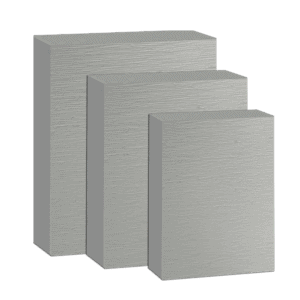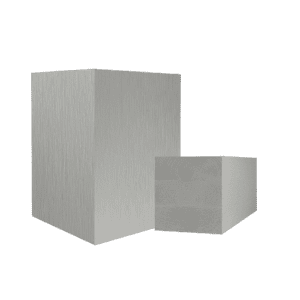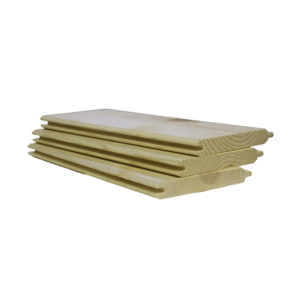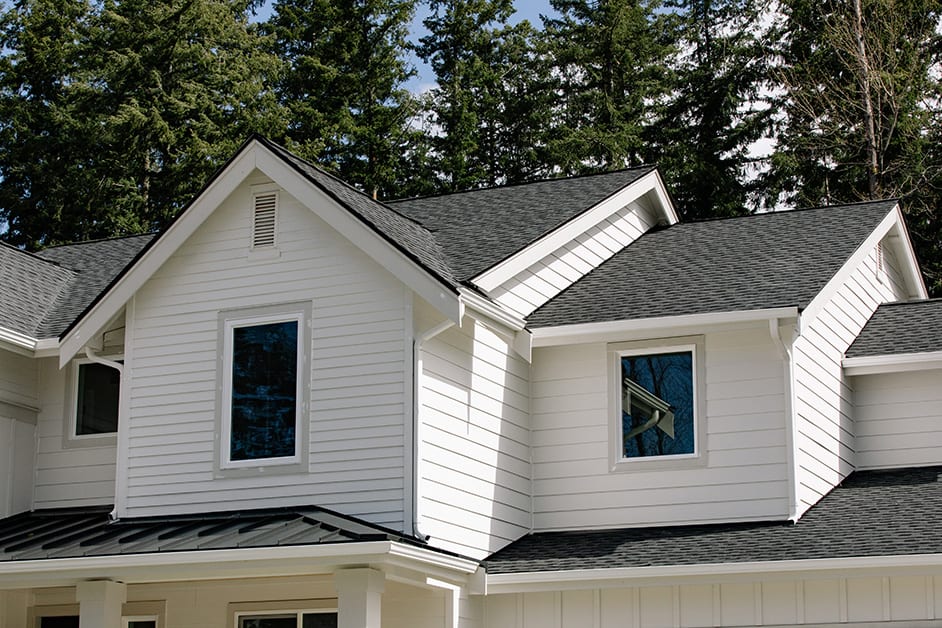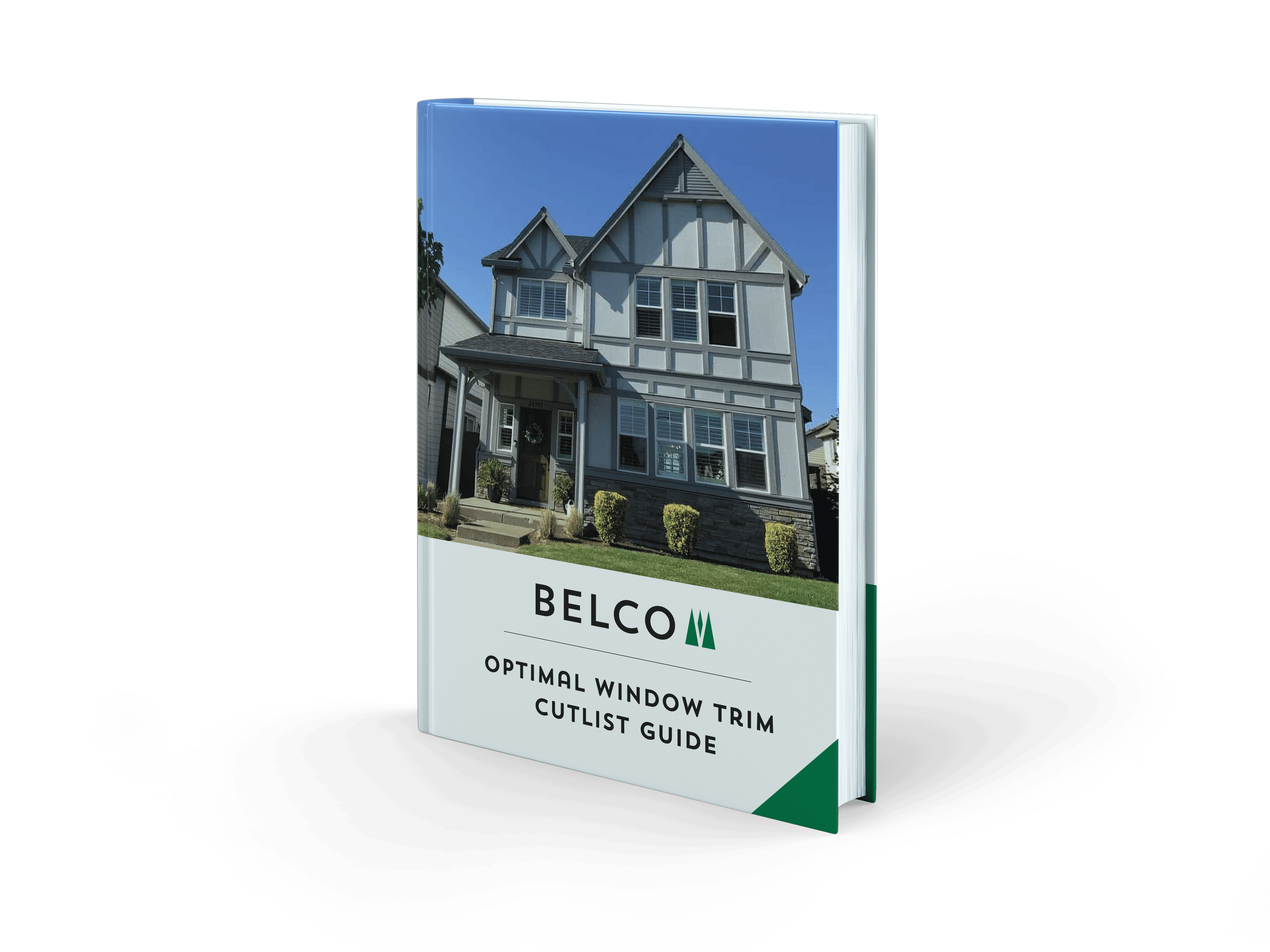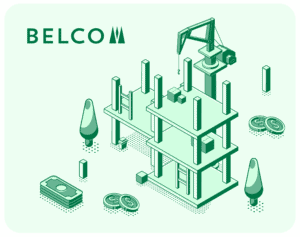Numerous materials are available when choosing outdoor trim for building projects. Top considerations include cost, ease of installation, visual appeal, longevity, and product availability. When purchasing exterior trim, knowing the pros and cons of each type of these products will affect the decision-making process.
Solid Wood Trim
Wood exterior trim is still the option of choice for a majority of U.S. homes. Solid wood trim is easy to cut, install, and shape in those difficult to fit areas. Wood quality varies with premium wood being slightly more expensive than a lower grade wood.
Finger-Jointed Outdoor Trim
Finger-jointed wood trim is another option and has a comparable cost to solid wood exterior trim once again dependent upon the grade of wood chosen. This is a more dimensionally stable option; however, joints are sometimes visible through the final finish. Both solid wood and finger jointed wood exterior trim typically have no finish and need to be edge sealed and pre-primed.
Engineered Wood Trim
Engineered Wood Trim is an option which provides a wood textured appearance, and the cost is similar to the previously mentioned wood options. Unfortunately, it is necessary to pre-prime and preserve all edges as the wood flakes are susceptible to mushrooming from water damage. Installment is more time-consuming as the manufacturer recommends that nails be sunk and caulked before painting to minimize potential water damage.
Hardboard Trim
Hardboard is an additional option when choosing outdoor trim. This choice is economical and has high dimensional uniformity. This product is available pre-primed or pre-finished. One drawback to hardboard is that if water should penetrate nail holes, the hardboard may begin to swell and could later experience lamination deterioration after extensive water damage. Additionally, this product is one of the heaviest choices when handled.
Polymer Exterior Trim
Polymer exterior trim also presents itself as an option. This product is easy to work with and installs with the use of adhesive as opposed to nails. It paints well and expands and contracts with temperature changes. This option of exterior trim is typically one of the most expensive trim options.
PVC Trim
PVC, a type of vinyl, is a choice that can remain white or painted a light color. Dark colors are not recommended. It is not a strong material and therefore requires placement over a solid subsurface. PVC does expand and contract in temperature changes, but not to the extent that a polymer can adapt. It requires careful installation to prevent buckling and gaps from appearing during expansion or contraction. Cost is slightly less than polymer exterior products. Glues may also be required for installation of PVC.
Fiber Cement
Fiber cement trim is an option that offers durability at prices above solid wood. This option does require special tools and fasteners when installing and produces a hazardous type of dust during installation. It also requires a wood foundation when nailing.
Belco XT® Trim
Belco XT® Trim delivers a natural wood exterior trim finish at favorable price points. Compared to other trim options, Belco XT® Trim delivers higher value. Belco XT® Trim is pre-primed, edge sealed, and surface treated with a superior preservative, Wolman® AG. This nonmetallic, environmentally friendly, preservative offers excellent protection from damage caused by mold and mildew. Additionally, Belco Forest Products provides a 20-year non-prorated warranty against rot and primer damage.
Choosing the most cost-effective, aesthetically pleasing, and long-lasting exterior trim is no longer a difficult decision. With its ease of installation, Belco XT® Trim can meet all your needs when tackling exterior trim projects.

